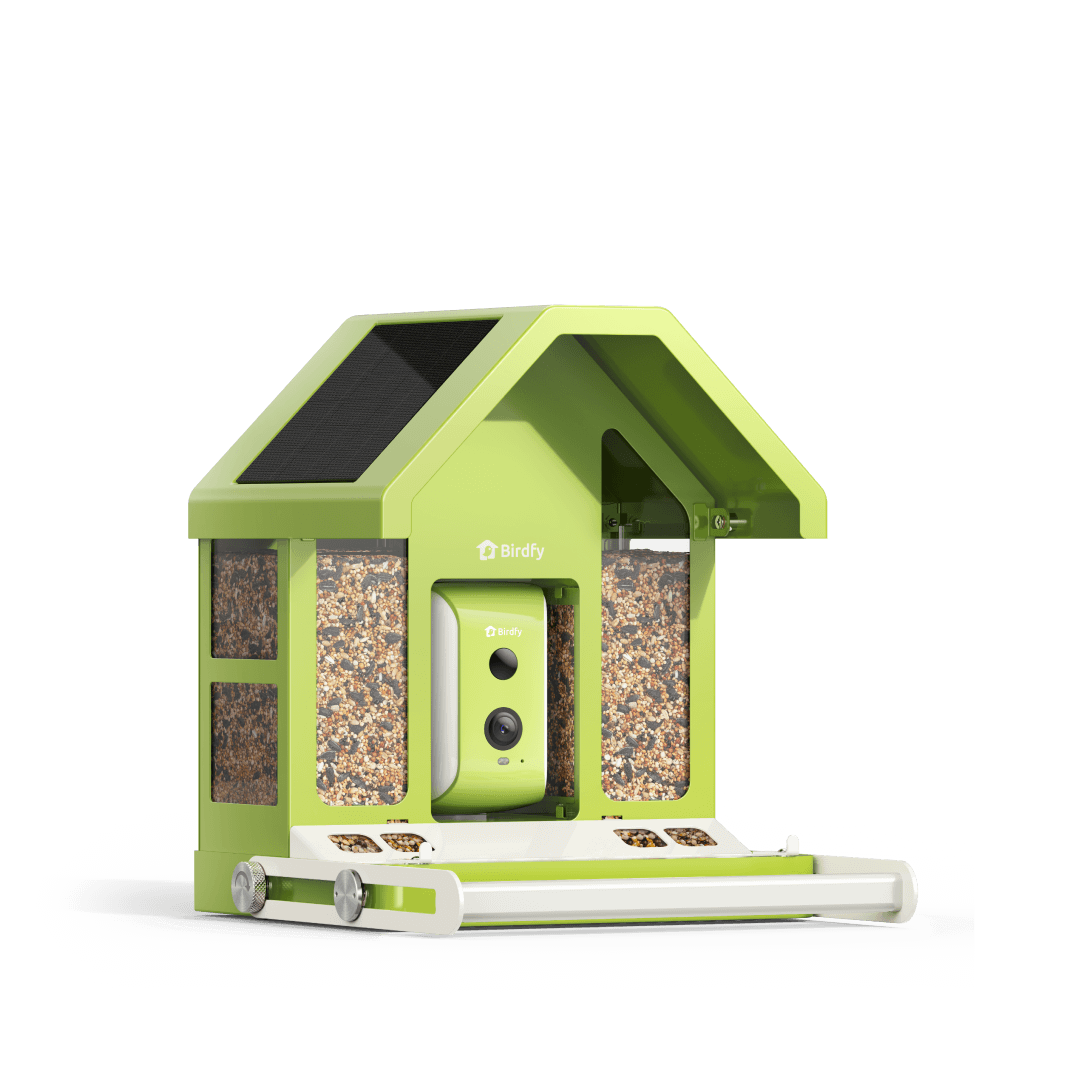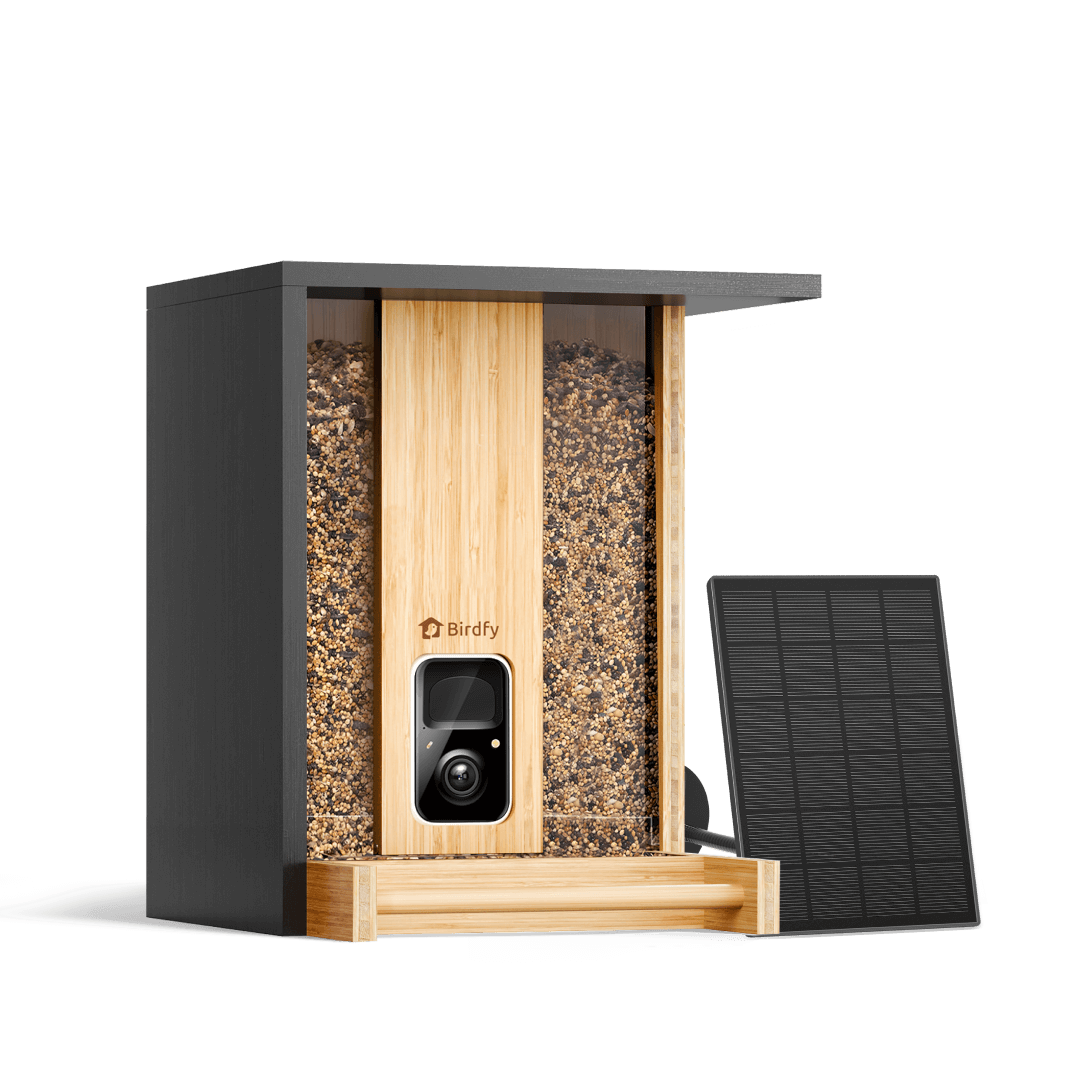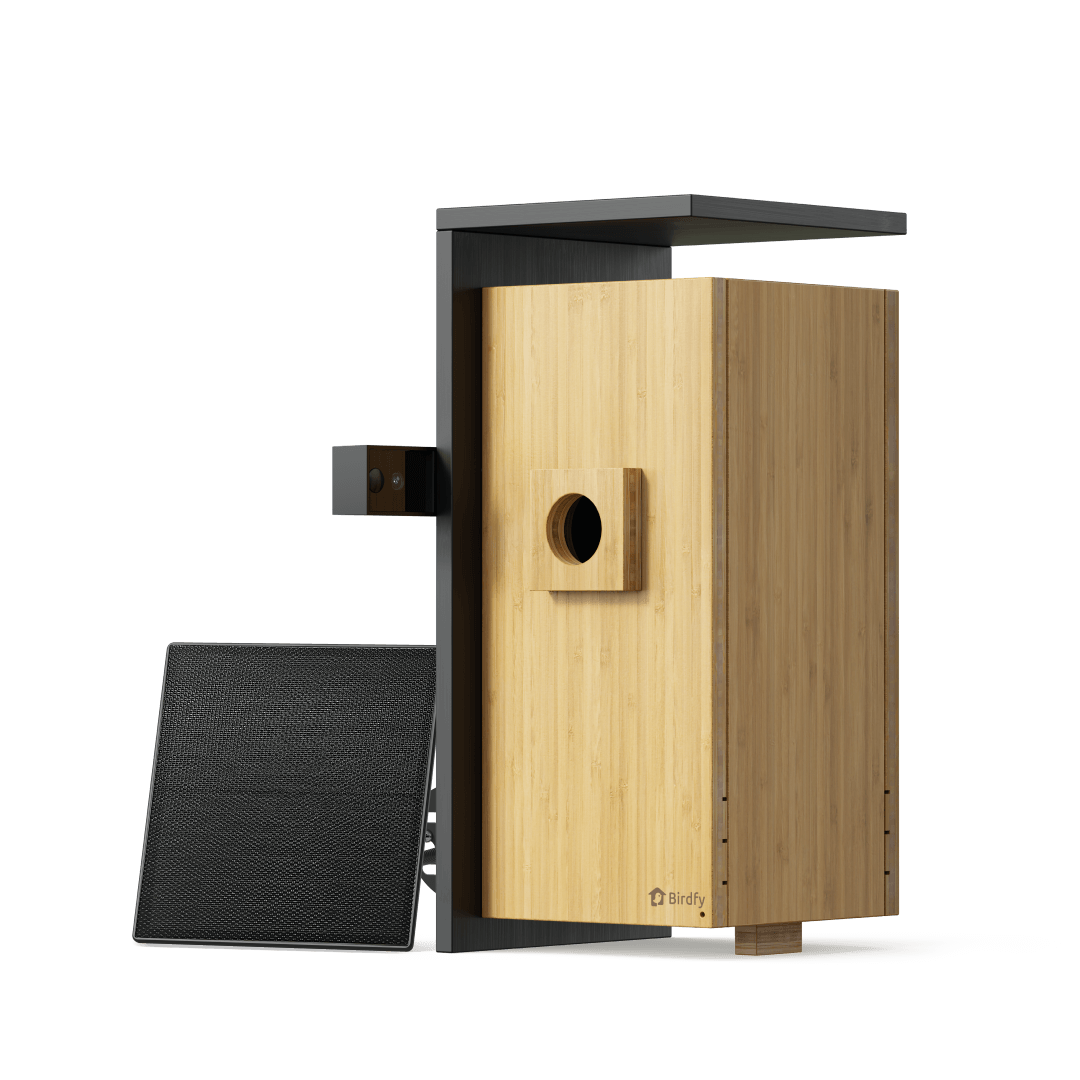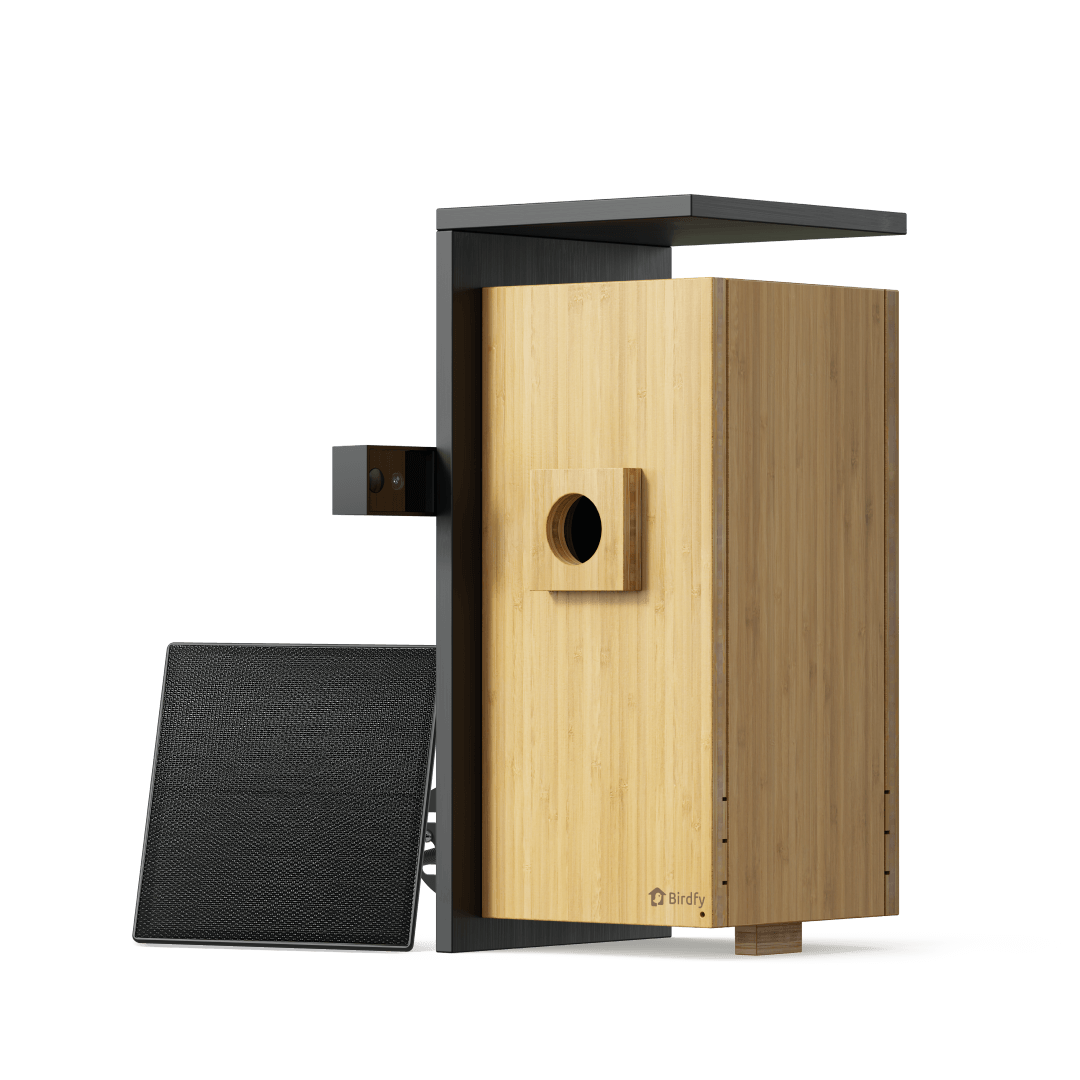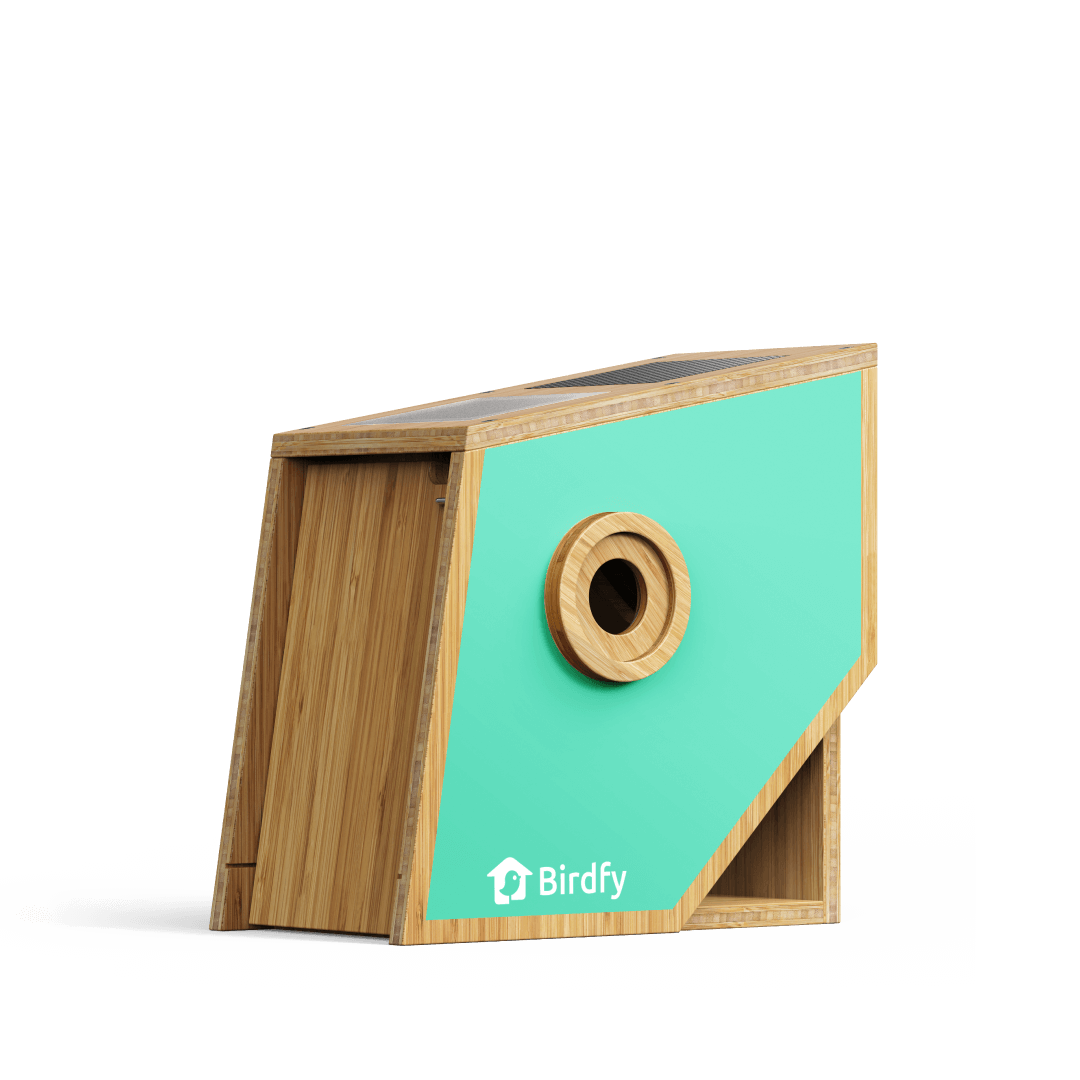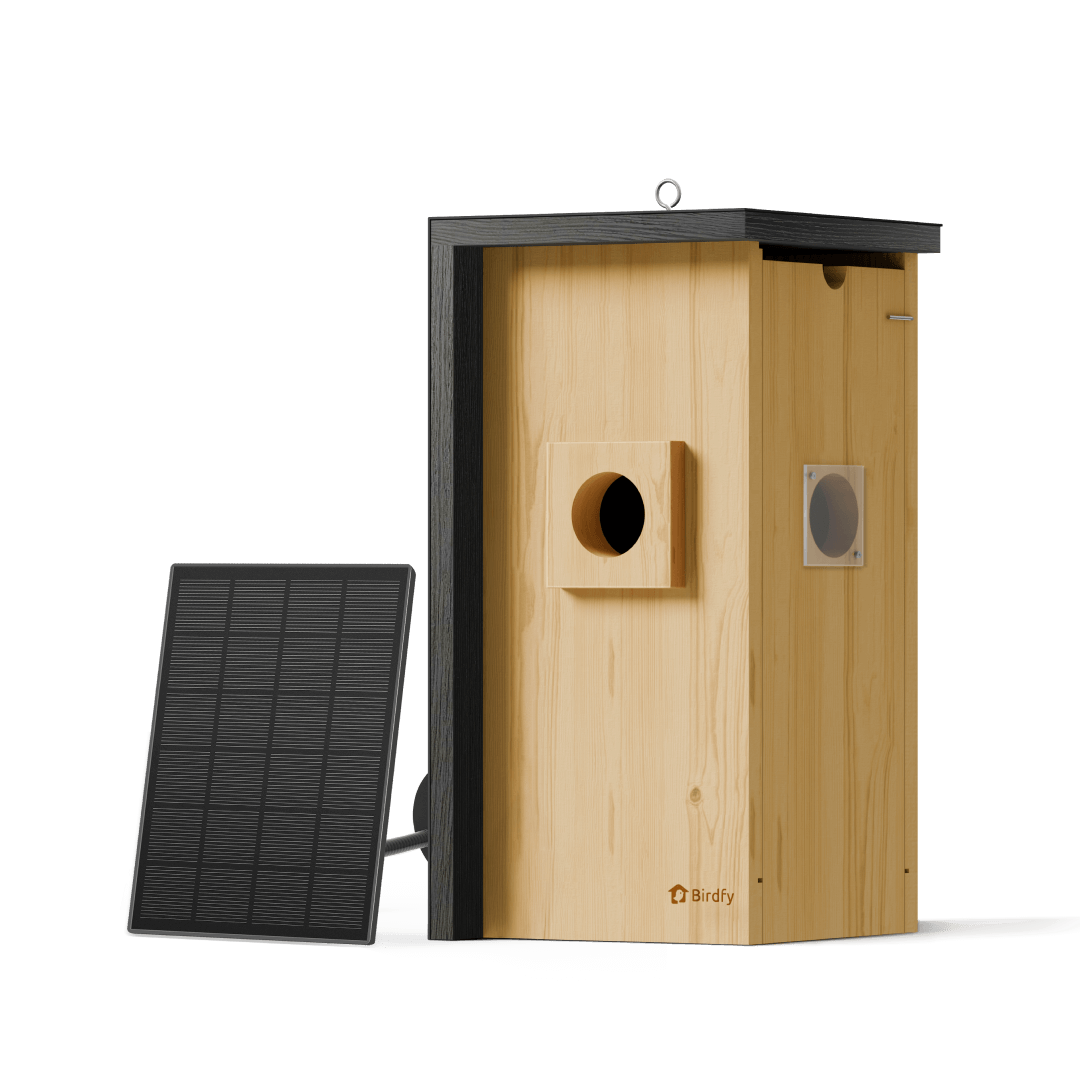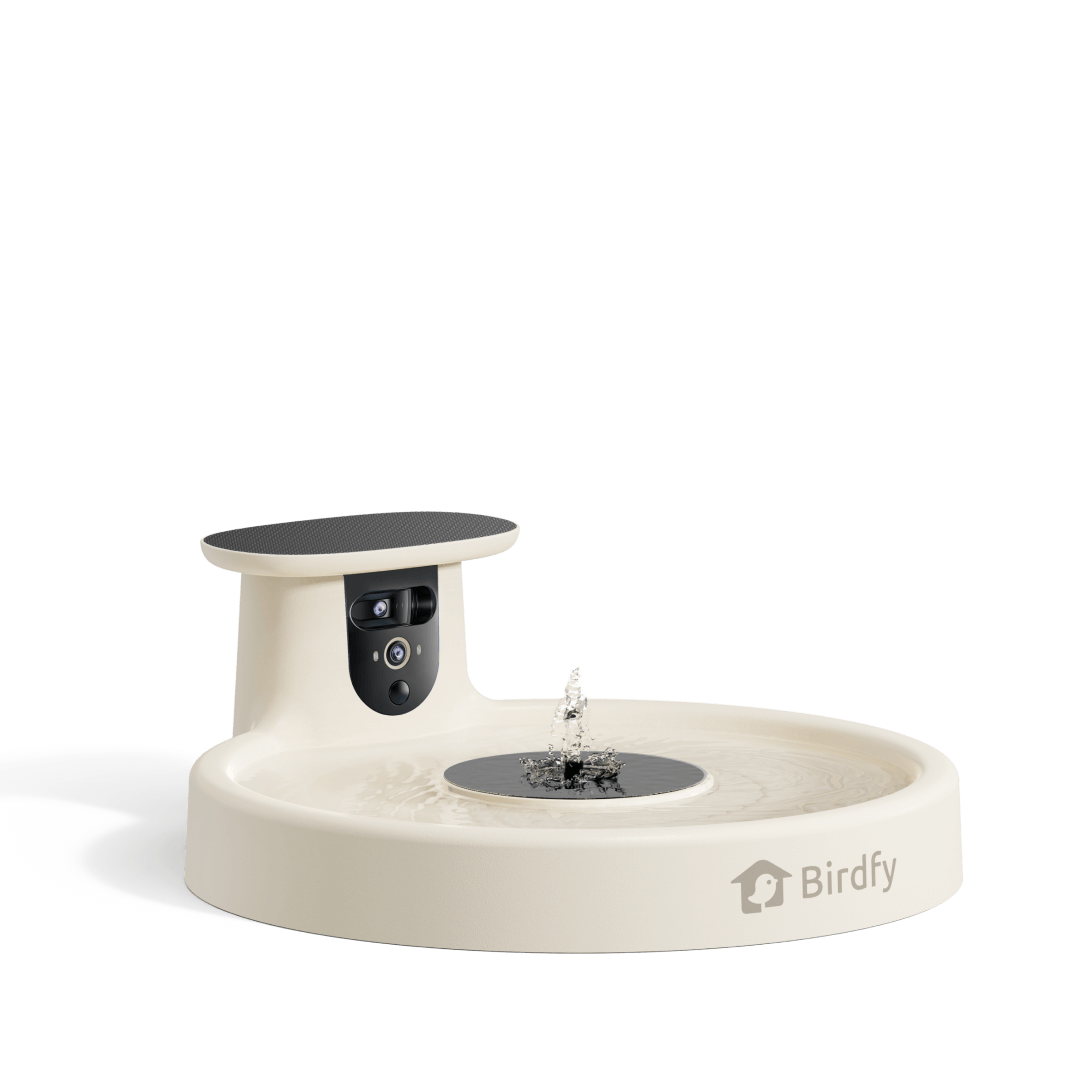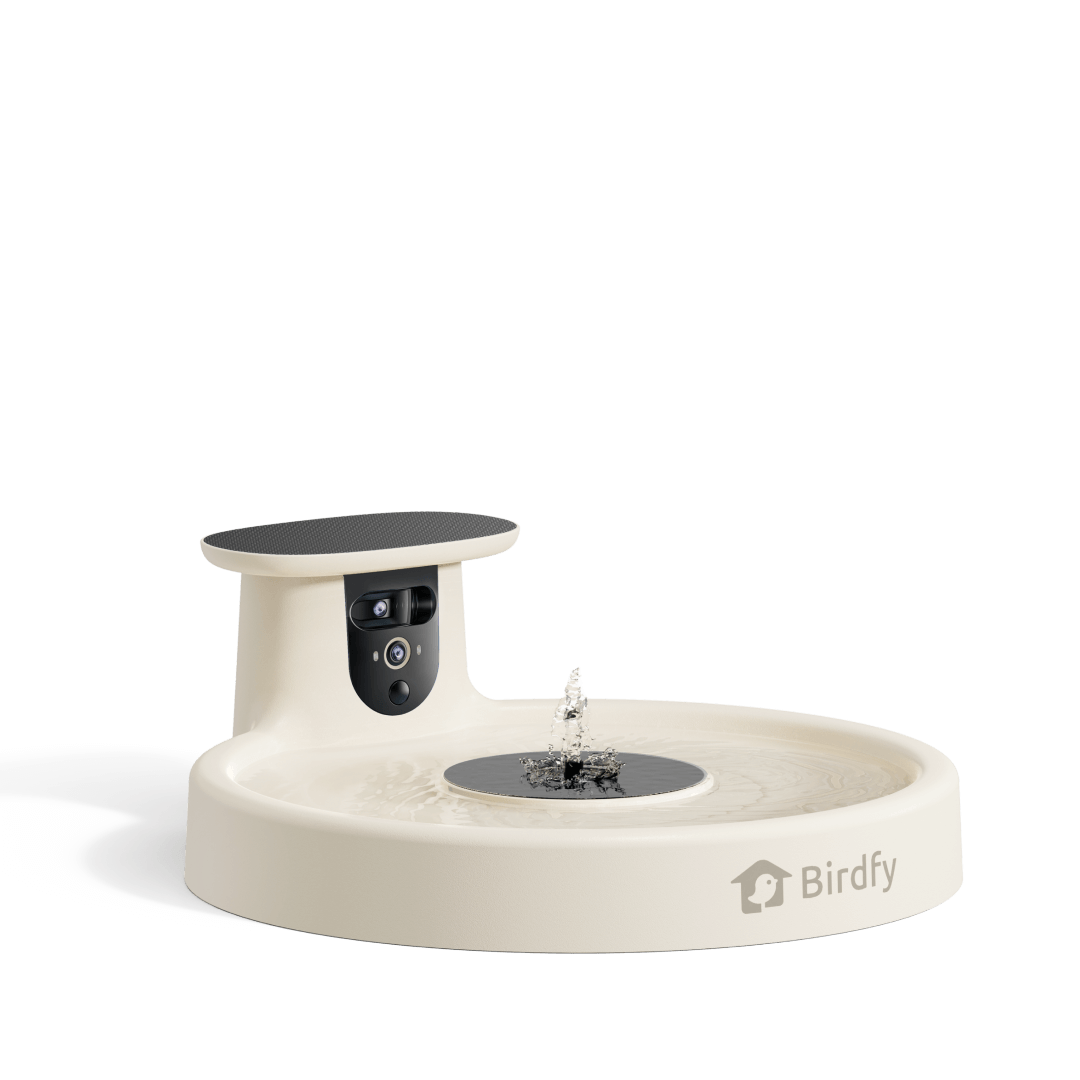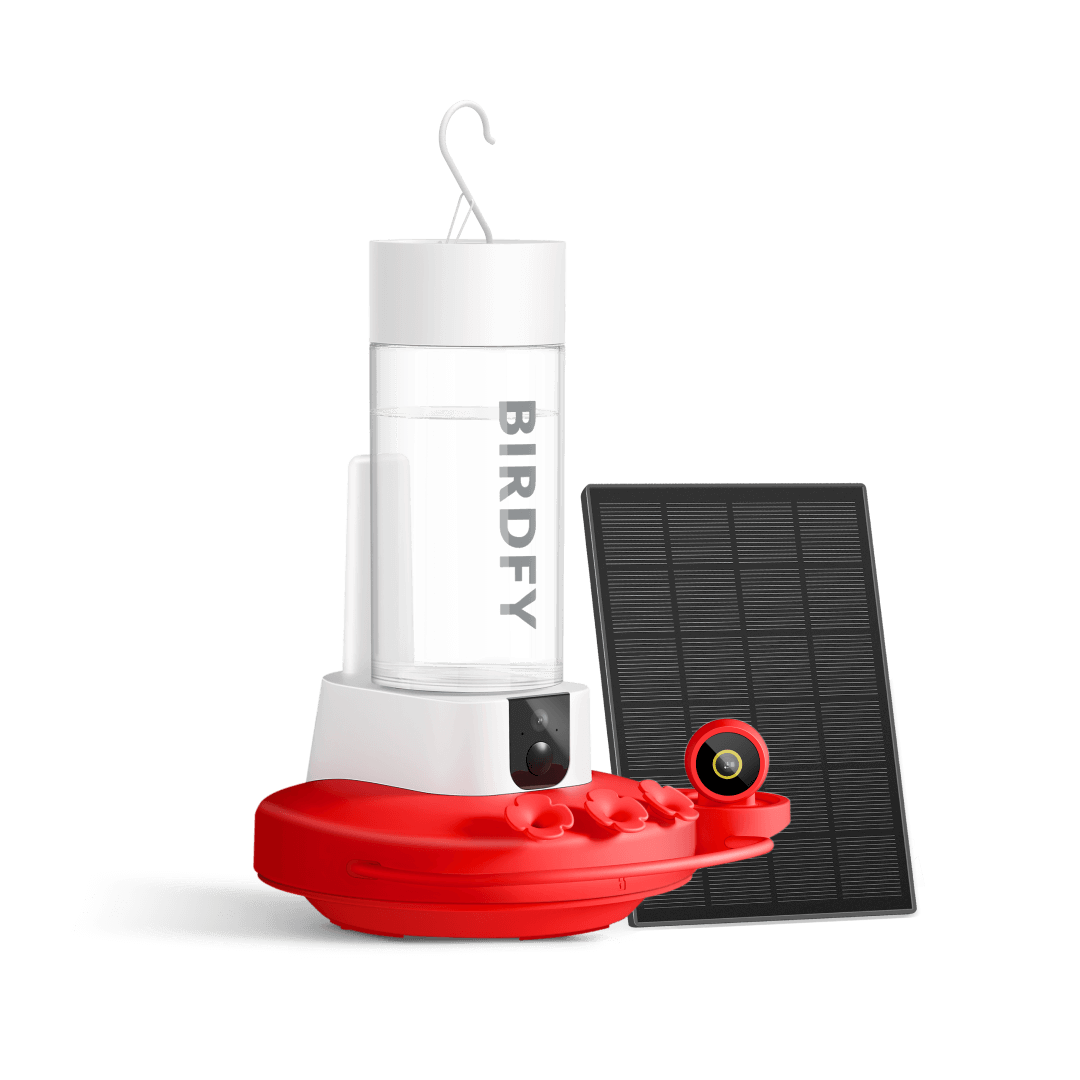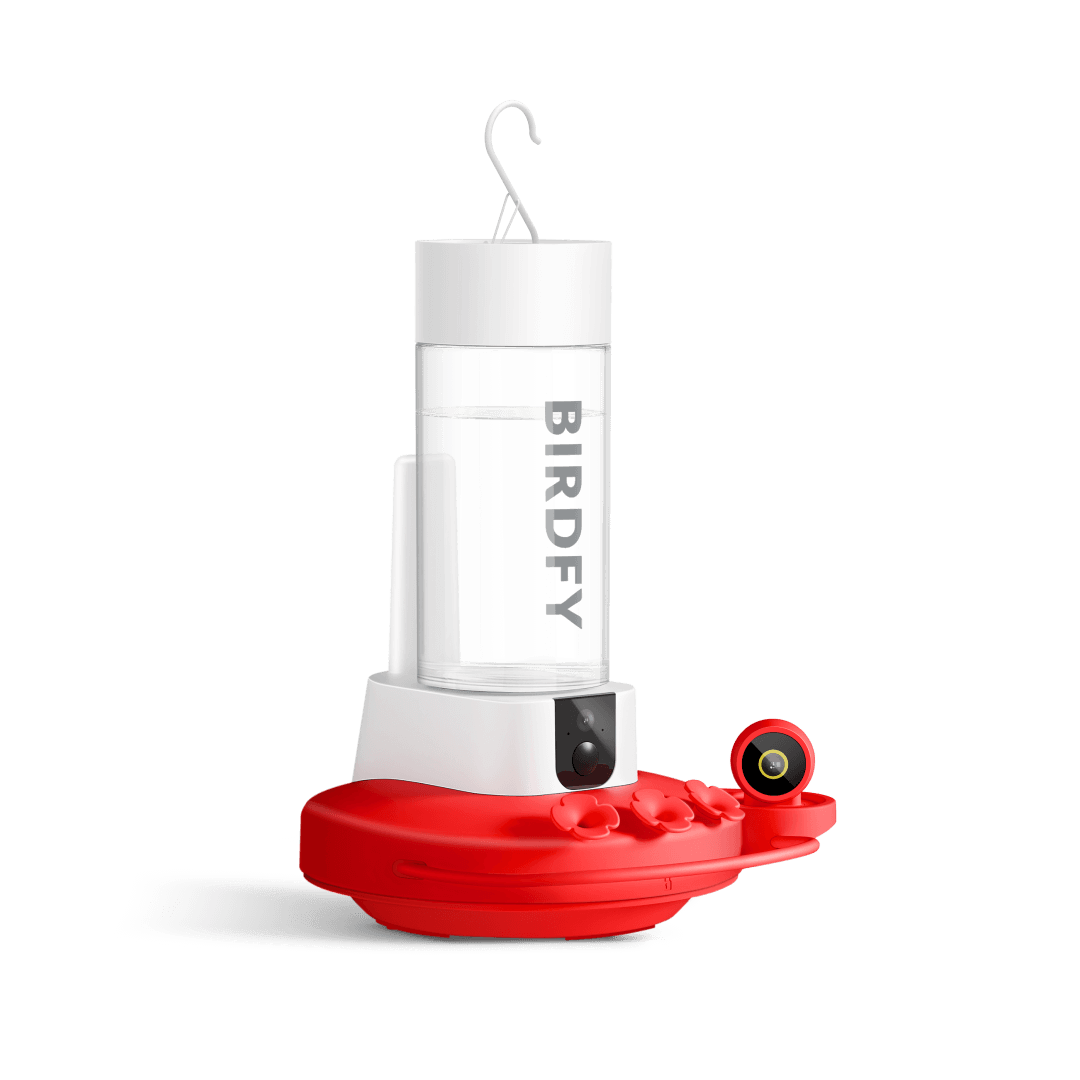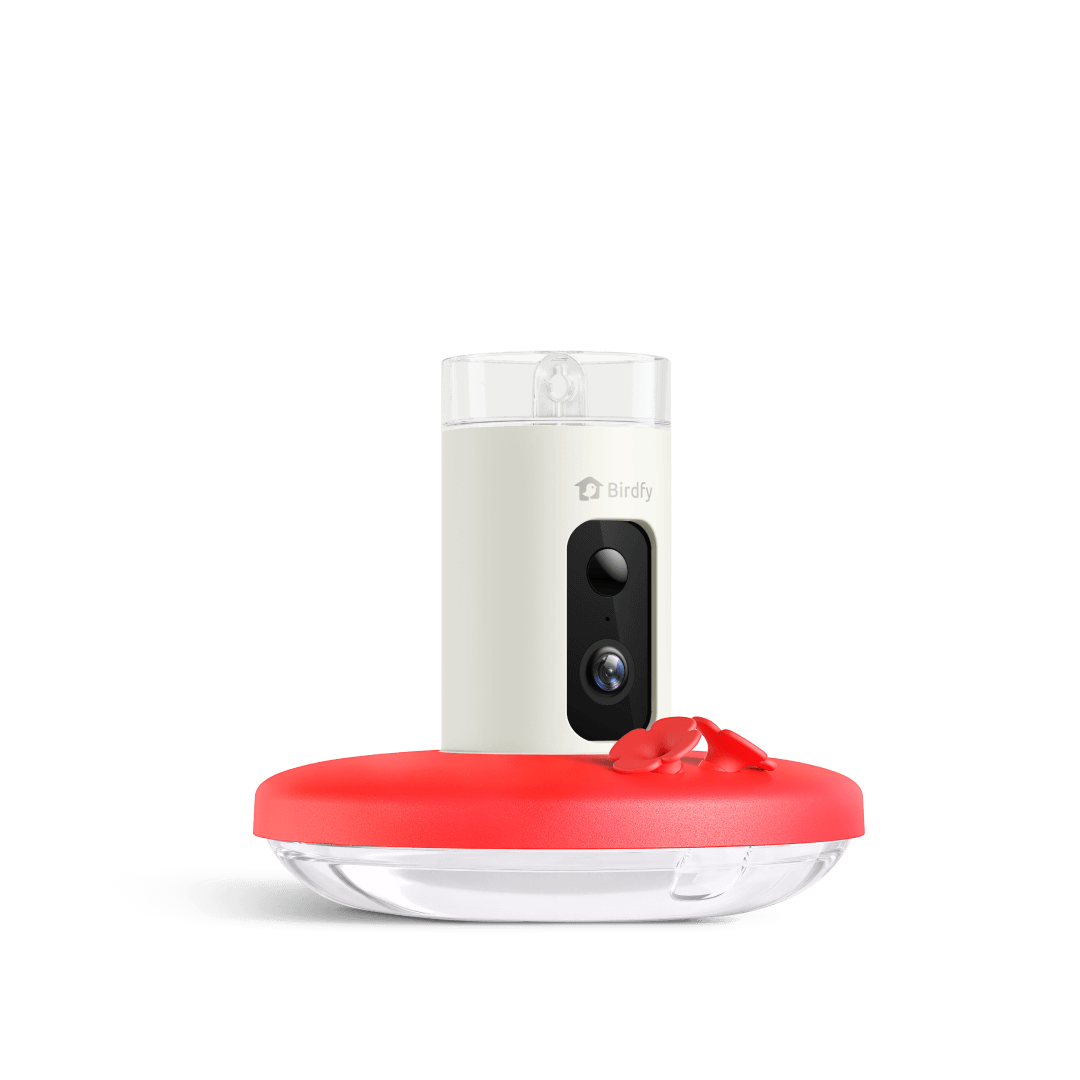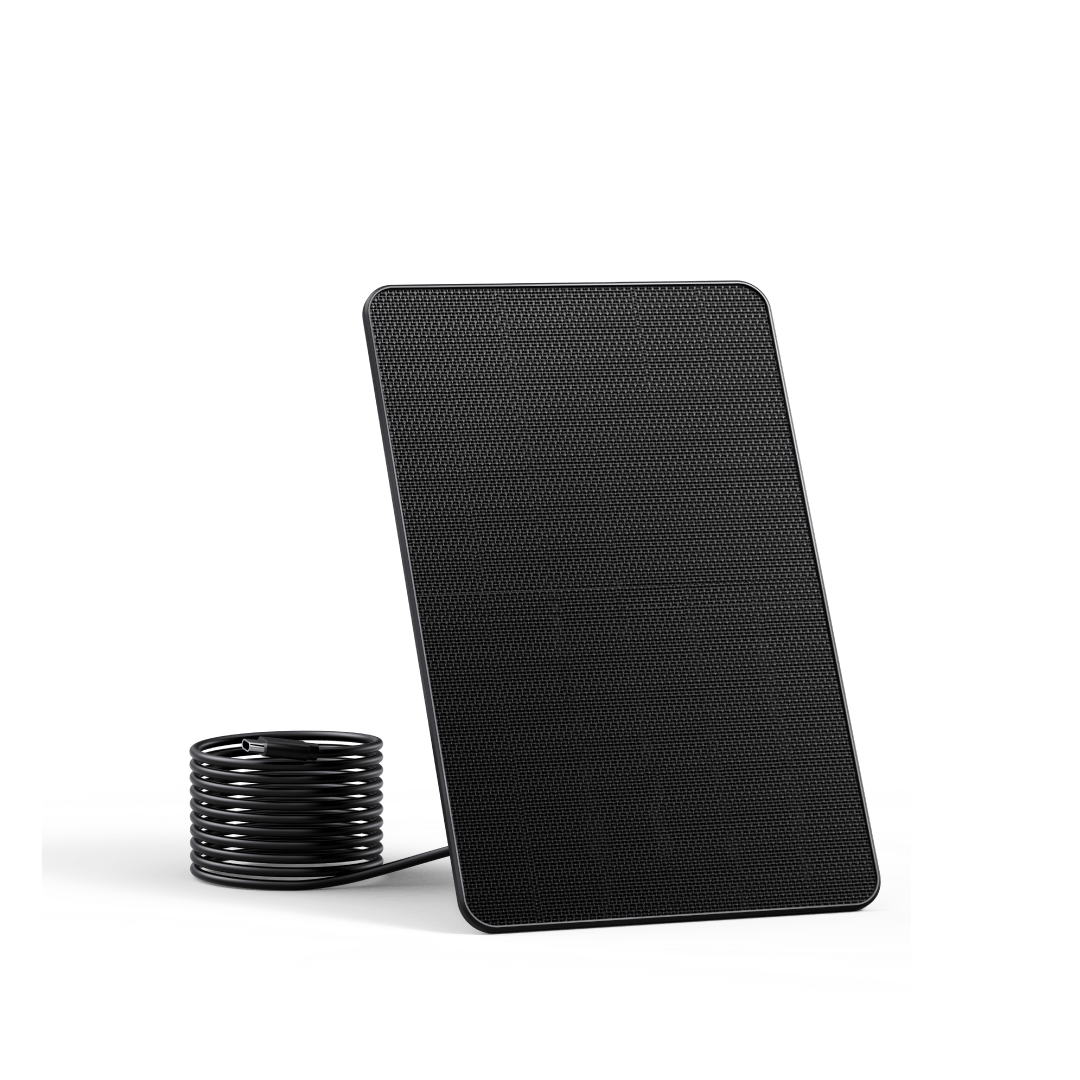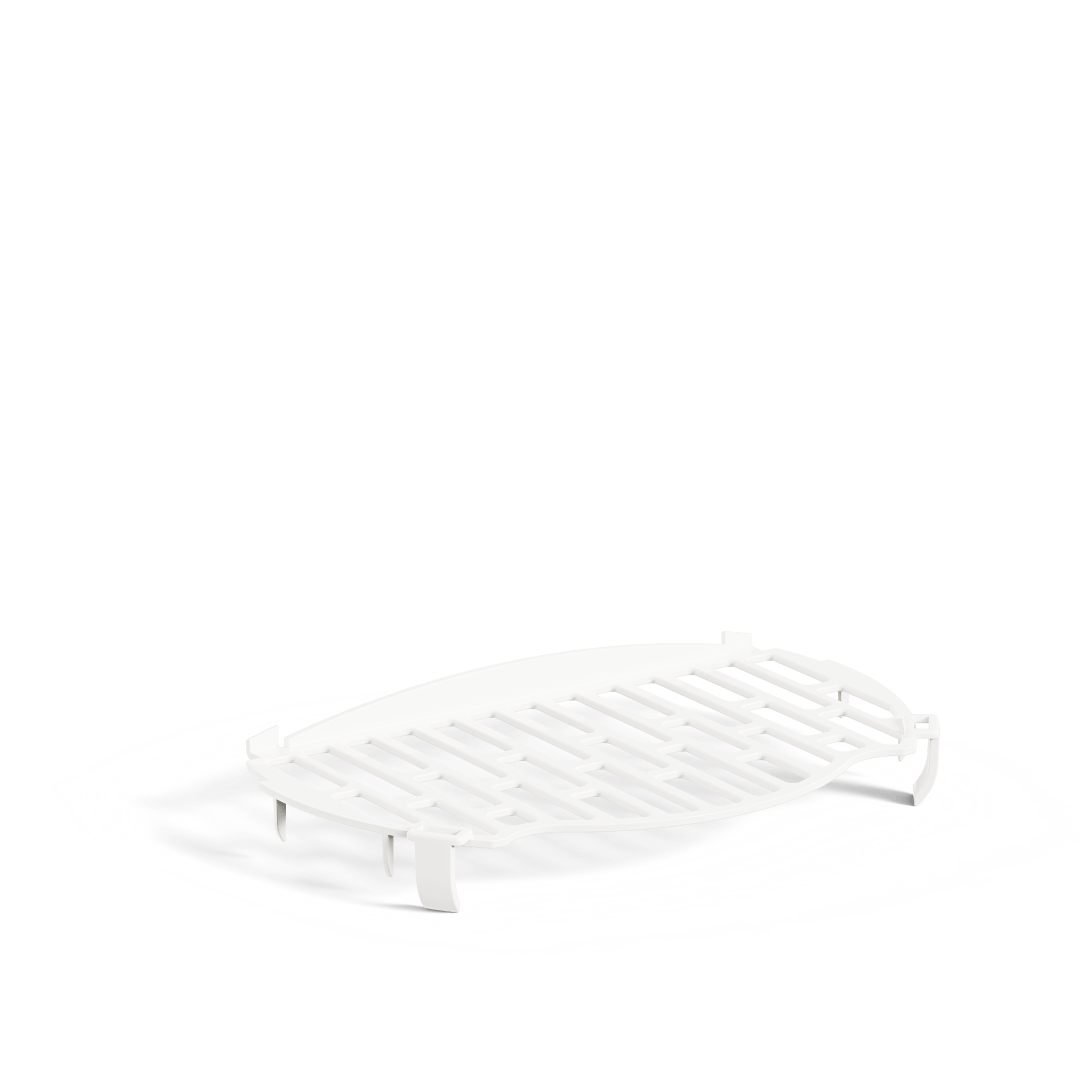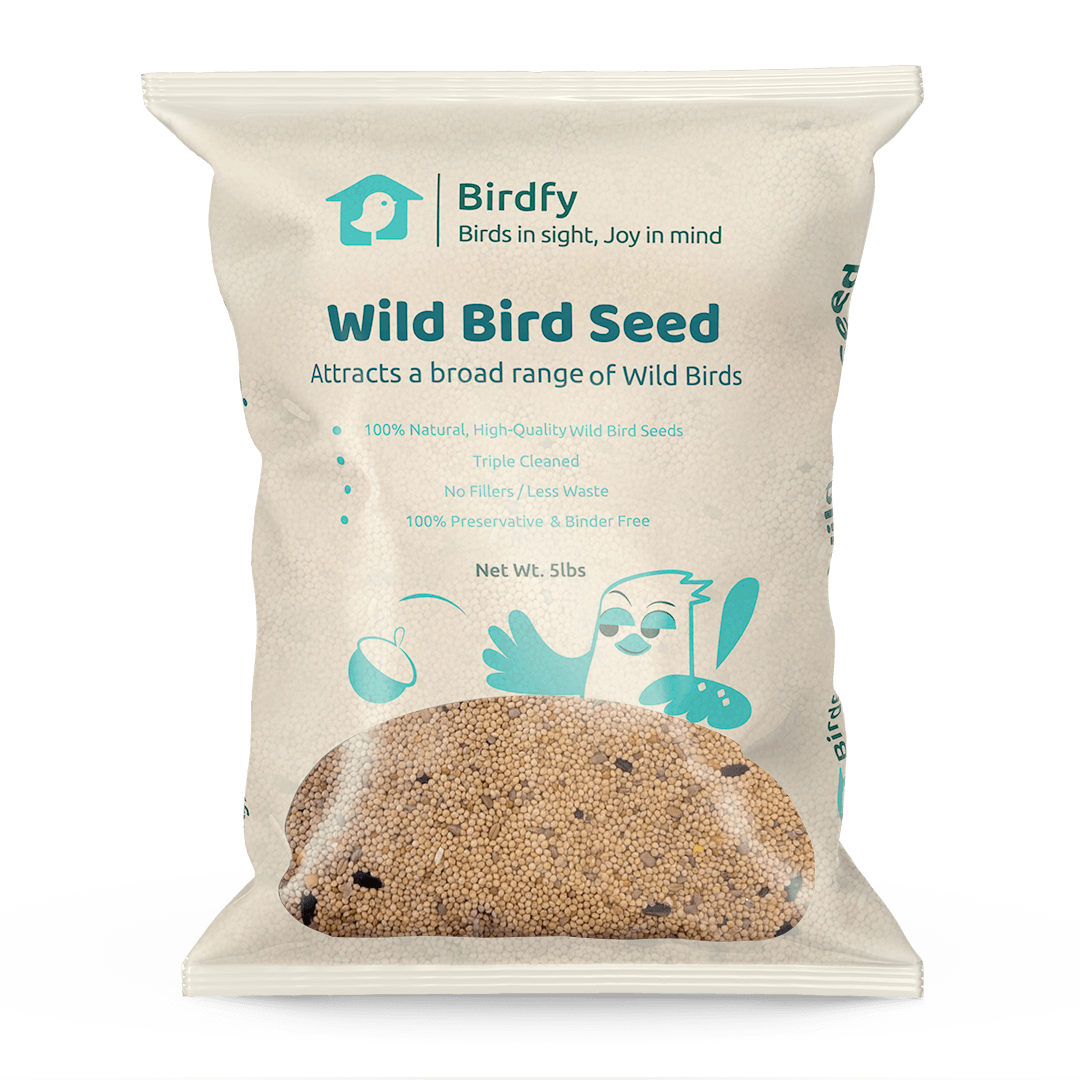Should You Put Copper Pennies in Your Birdbath
Birdbaths are a popular feature in many gardens, providing a vital water source for birds, especially during hot weather or dry seasons. However, a common question among bird enthusiasts is whether adding copper pennies to a birdbath is beneficial. This topic presents an intriguing blend of folklore, science, and practical considerations regarding bird care, water quality, and copper’s potential effects on wildlife. This essay will explore the reasons behind this practice, the science of copper, its effects on birds, and best practices for maintaining birdbaths.
The Rationale Behind Adding Copper Pennies
Historical Context
The idea of placing copper pennies in birdbaths stems from traditional beliefs that copper has antimicrobial properties. Historically, copper has been used in various cultures for its supposed health benefits. The notion that it can purify water and prevent algae growth has led some bird lovers to believe that adding copper pennies would keep the birdbath cleaner and healthier for birds.
Algae Prevention
One of the main reasons cited for using copper pennies is to reduce algae growth. Algae can quickly proliferate in stagnant water, leading to unsightly green water and potentially harmful conditions for birds. Proponents of the copper penny method argue that copper ions released into the water can inhibit the growth of algae.

The Science of Copper
Antimicrobial Properties
Copper is known to possess antimicrobial properties, which can inhibit the growth of certain bacteria and fungi. Studies have shown that copper surfaces can effectively kill pathogens, which is why copper is often used in medical settings for surfaces that require sanitation. This property has led to the belief that copper could also be beneficial in birdbaths.
Copper and Algae
Research indicates that copper can be toxic to algae in certain concentrations. It is used in some aquatic environments to manage algae blooms. However, the effectiveness of copper pennies in a birdbath scenario is more complex. The amount of copper released from pennies may not be sufficient to significantly affect algae growth or improve water quality.
Potential Toxicity to Birds
While copper is an essential trace element in small amounts, excessive copper can be toxic to wildlife, including birds. Birds can be sensitive to the accumulation of copper in their systems, leading to health issues such as liver damage and gastrointestinal distress. The risk of toxicity increases significantly if copper concentrations exceed safe levels, which could potentially happen over time with the addition of copper pennies.
Best Practices for Birdbath Maintenance
Regular Cleaning
The best way to maintain a birdbath is through regular cleaning rather than adding copper pennies. Birdbaths should be emptied, scrubbed, and refilled with fresh water at least once a week. This practice helps prevent algae buildup and keeps the water clean and safe for birds.

Use of Natural Algaecides
If algae growth is a persistent problem, consider using natural solutions instead of copper. For example, adding aquatic plants that consume excess nutrients can help balance the ecosystem in the birdbath. Additionally, using a small fountain or water feature can keep the water moving, making it less conducive to algae growth.

Water Quality Monitoring
Regularly check the water quality in your birdbath. If the water appears murky or has an unpleasant odor, it’s time to clean it out. Keeping the water fresh is crucial for attracting birds and ensuring their health.
Avoiding Harmful Additives
Avoid adding any chemicals or substances that could potentially harm birds. This includes not only copper pennies but also bleach or other cleaning agents that could contaminate the water. Birds are sensitive to toxins, and even small amounts can have significant health effects.
Bird Behavior and Preferences
Water Sources for Birds
Birds are naturally attracted to clean water sources. They prefer birdbaths that are regularly cleaned and offer fresh, clear water. A well-maintained birdbath will invite more birds to visit, providing an opportunity for observation and enjoyment.
Birdbath Design
The design of the birdbath can also influence its attractiveness to birds. Features such as shallow basins, textured surfaces for perching, and a gentle slope can make a birdbath more appealing. Providing areas for birds to bathe and drink without feeling threatened by predators adds to its usability.
Where Clean Water and Smart Design Come Together
As we've seen, birds are drawn to clean water and thoughtfully designed birdbaths that make them feel safe. Birdfy Bath Pro meets these exact needs, and more.

- Clean Water: A built-in solar-powered fountain that keeps water flowing and avoids algae
- Eco-Friendly Operation: A built-in rechargeable battery and solar panel provide continuous
- 20% Recycled Material: environmentally and UV-resistant, to help the bird bath withstand outdoor exposure
- AI-powered ID: effortlessly recognize over 6000 bird IDs. [AI Version]
- Real-Time Notice: Get instant notifications on your mobile devices with each bird's visit to your bird bath.
Environmental Considerations
Impact on Local Wildlife
When considering practices involving potential contaminants, it’s essential to think about the broader impact on local wildlife. Ensuring that birdbaths are safe for all visiting creatures, including beneficial insects and other wildlife, is crucial for maintaining a healthy garden ecosystem.
Sustainable Practices
Implementing sustainable practices in garden maintenance promotes biodiversity. Instead of using copper pennies, focus on attracting birds with native plants, providing natural habitats, and ensuring clean, safe water sources.
Encouraging Biodiversity
Creating a diverse environment with various plants can attract a wider range of bird species. Creating a diverse environment with various plants can attract a wider range of bird species. Native plants provide food sources, shelter, and nesting sites for birds, fostering a healthier ecosystem. By focusing on biodiversity, gardeners can enhance the overall attractiveness of their yards for birds, reducing reliance on potentially harmful practices like adding copper pennies to birdbaths.
Conclusions on the Use of Copper Pennies in Birdbaths
Weighing the Pros and Cons
While the historical belief in the benefits of copper might suggest some advantages, the scientific understanding of copper’s effects on wildlife, particularly birds, points to potential risks. The possible antimicrobial properties of copper do not outweigh the risks associated with its toxicity when accumulated in water sources. Moreover, the effectiveness of copper pennies in algae control is questionable, especially given the small amount of copper they release.
Recommended Practices
To provide a safe and welcoming environment for birds, it is advisable to avoid placing copper pennies in birdbaths. Instead, maintain water quality through regular cleaning, monitor for algae growth, and consider natural methods of algae control. Creating a habitat rich in native plants and diverse flora will naturally draw birds and other wildlife, promoting a balanced ecosystem.

Final Thoughts
Ultimately, the goal of any bird enthusiast should be to create a safe, healthy, and sustainable environment for birds. By prioritizing the natural cleanliness of birdbaths and incorporating environmentally friendly practices, we can enjoy the beauty of our feathered friends while ensuring their well-being.
In summary, while the idea of using copper pennies in birdbaths is rooted in traditional beliefs about copper’s properties, it is crucial to consider the scientific evidence regarding its potential risks. The best approach to birdbath maintenance is one that emphasizes cleanliness, sustainability, and the encouragement of natural wildlife interactions, ensuring that our gardens remain thriving habitats for birds and other wildlife.
Share



